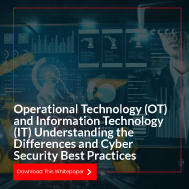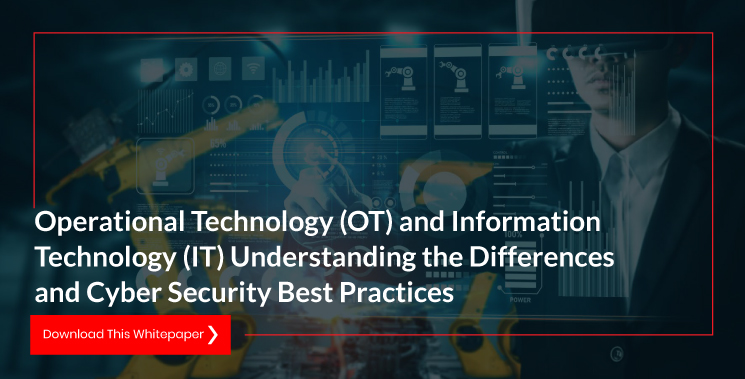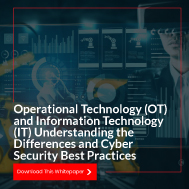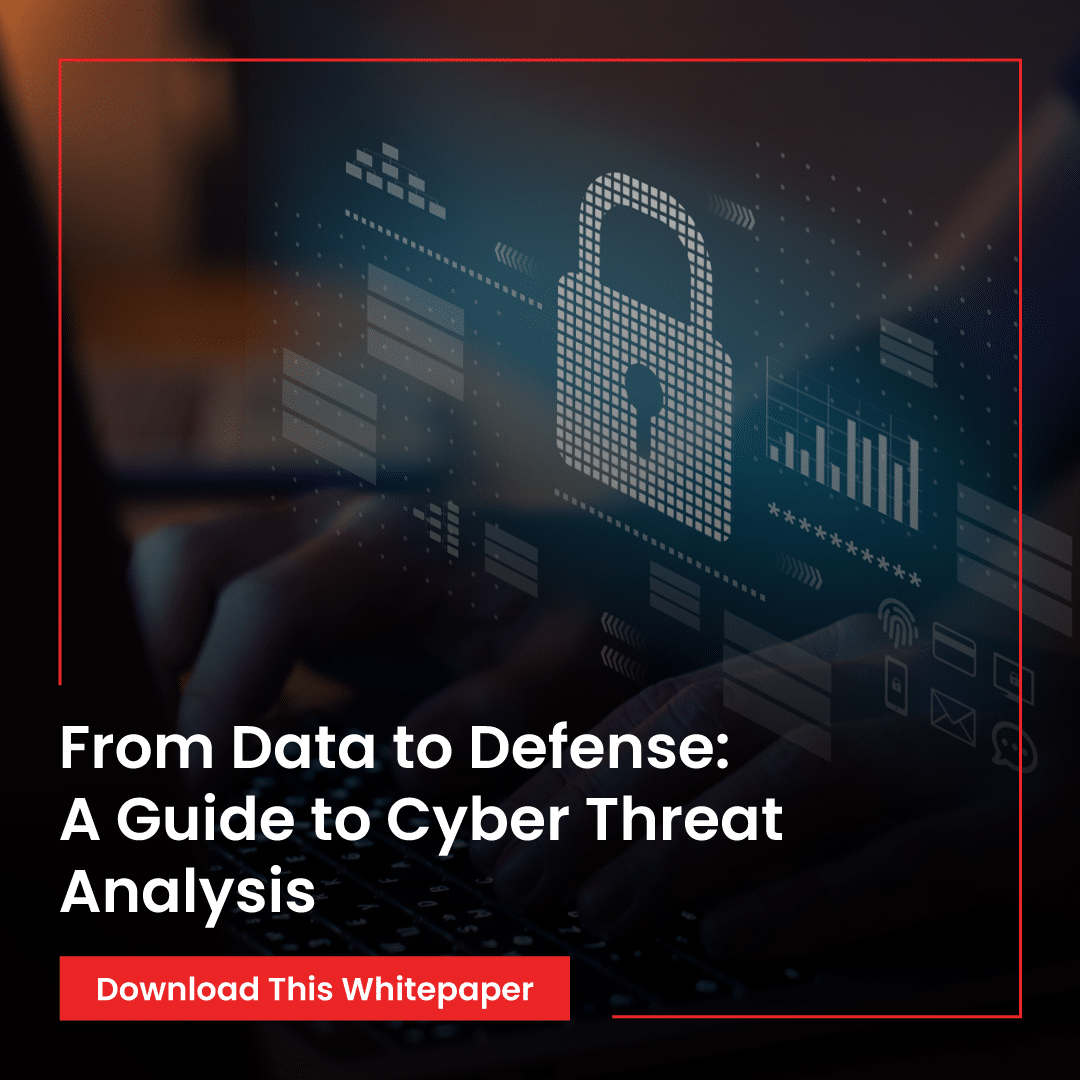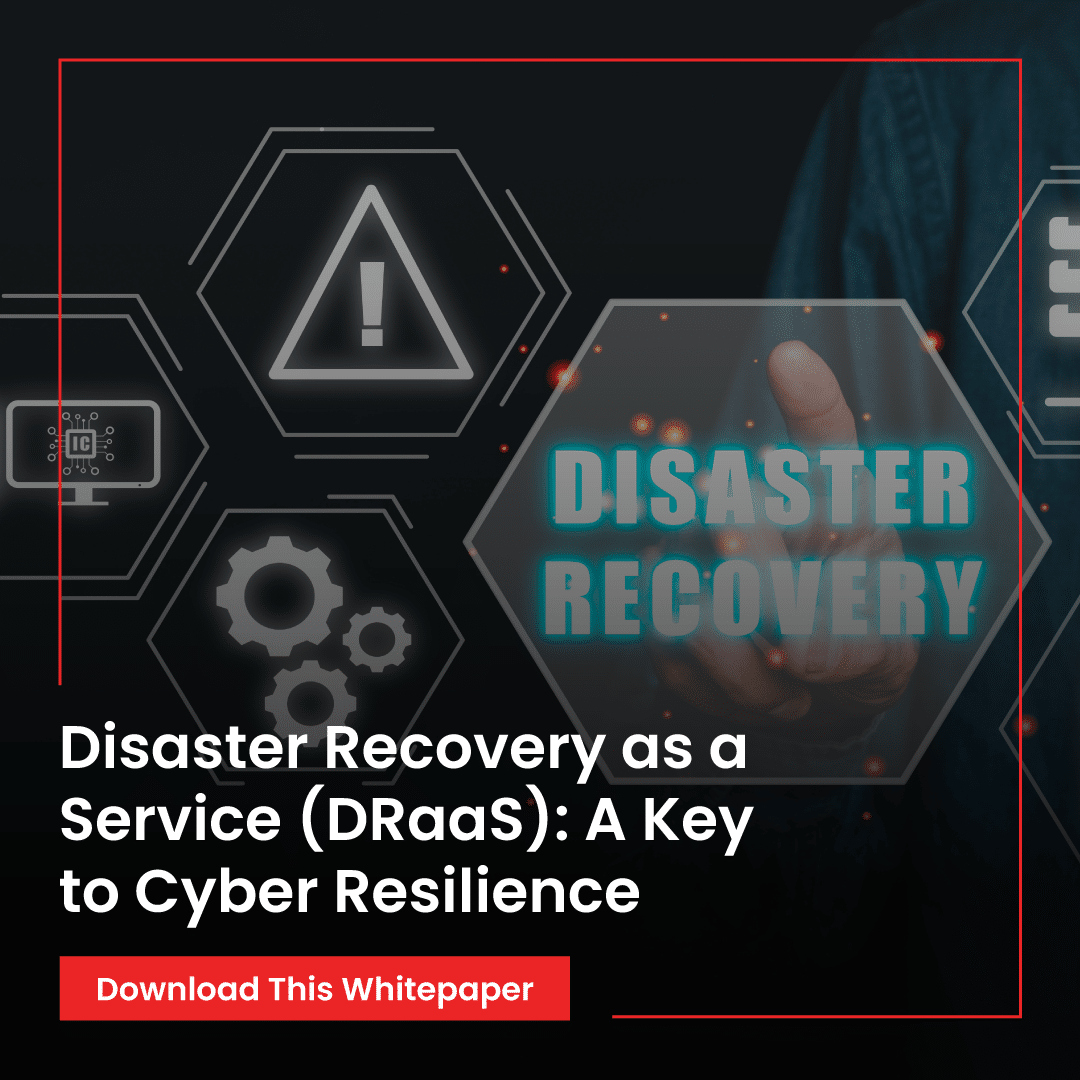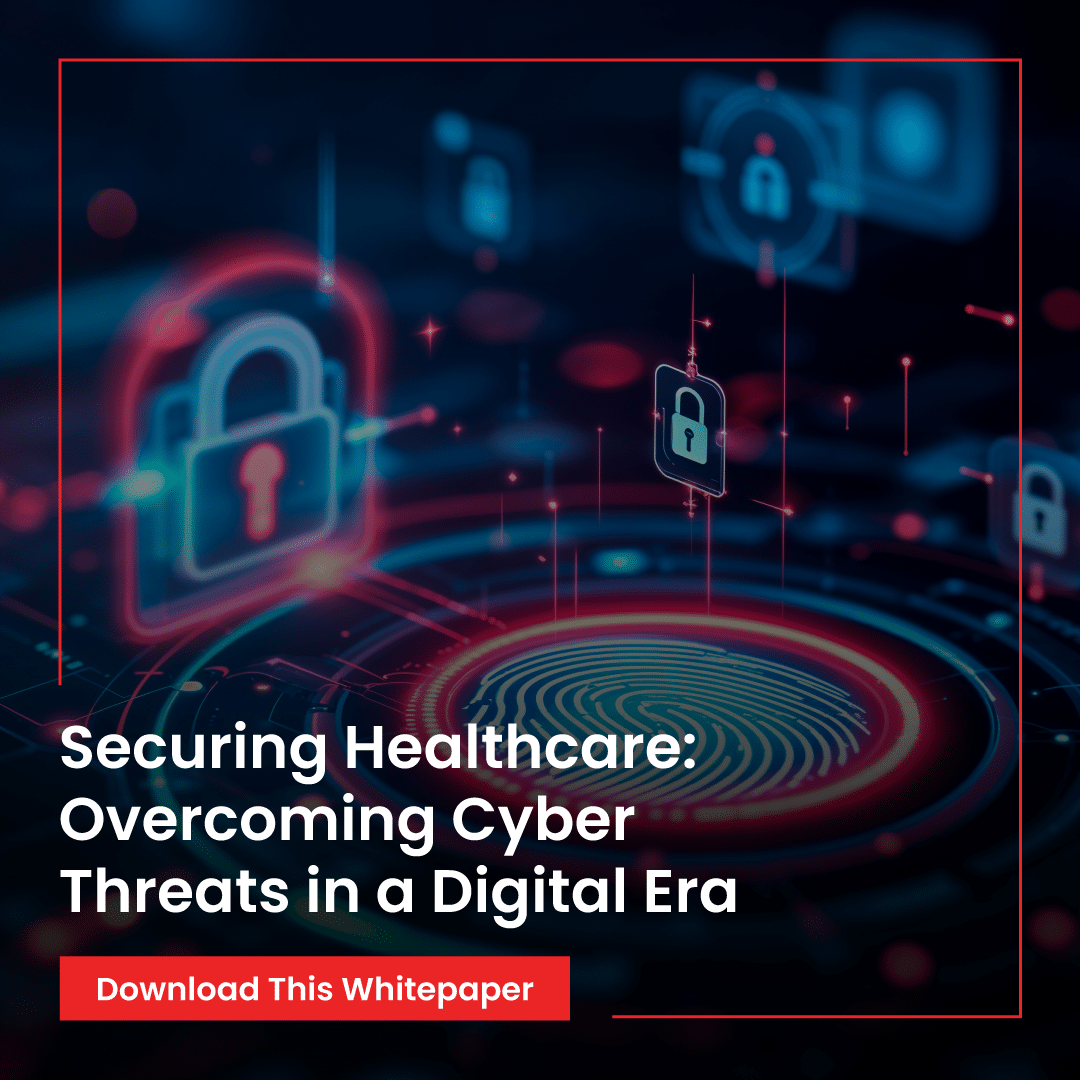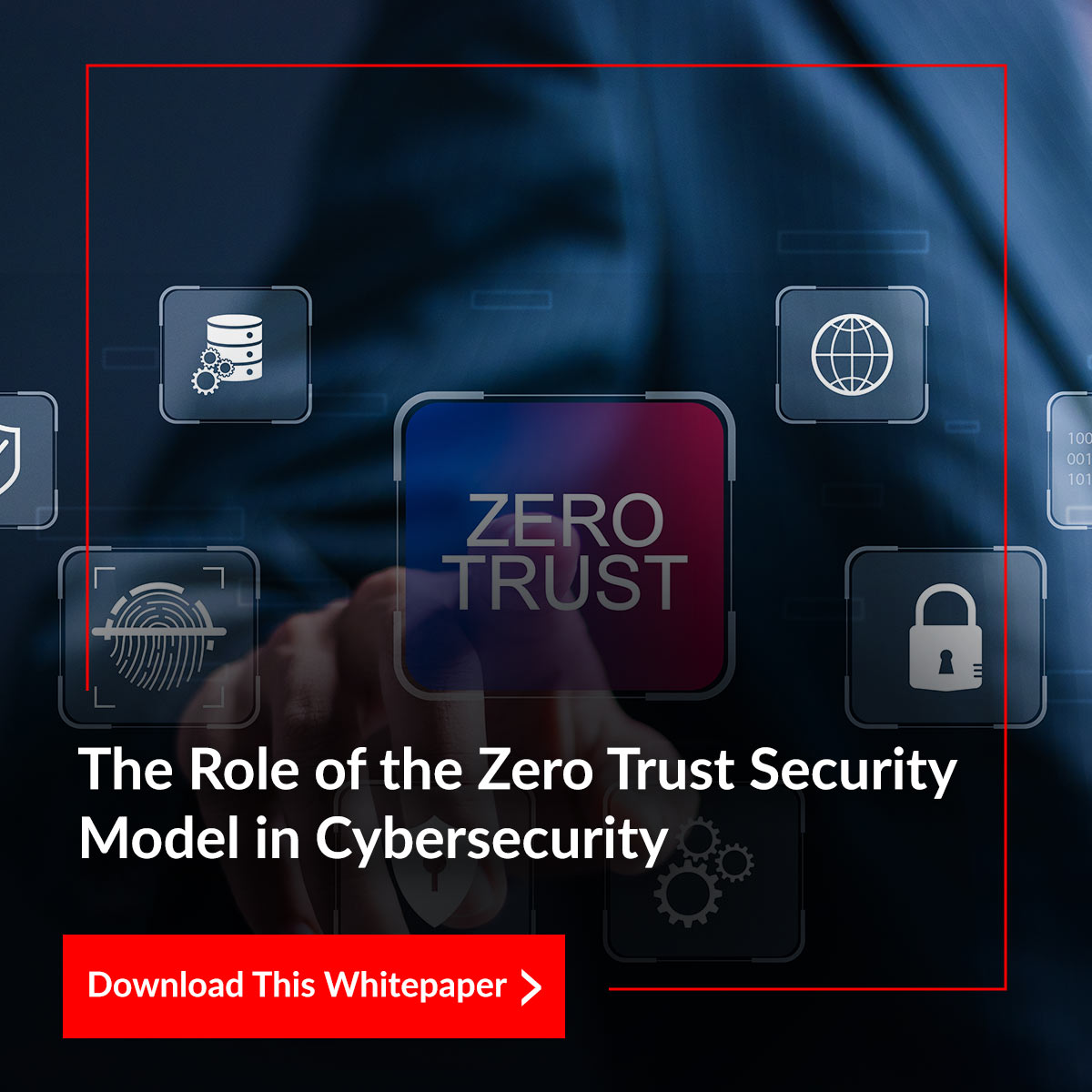Operational Technology (OT) and Information Technology (IT) Understanding the Differences and Cyber Security Best Practices
In an era of rapid technological evolution and increasing digitization, the threat landscape looms larger than ever, thrusting cybersecurity into the forefront for both Information Technology (IT) and Operational Technology (OT). Within EC-Council’s latest whitepaper, “Operational Technology (OT) and Information Technology (IT): Unveiling Distinctions and Unearthing Cybersecurity Best Practices,” authored by John York, Solutions Advisor at Sabel Systems Technology Solutions, we embark on a journey to comprehend the foundations of IT and OT architectures along with their respective security frameworks.
This comprehensive whitepaper serves as a guide for readers and security developers to understand the fundamental difference between OT and IT from the perspectives of purpose, design, regulations, and architecture. While IT focuses on data processing and management, OT is geared towards controlling physical processes and machinery. The paper highlights the importance of recognizing these disparities to implement effective security measures tailored to each environment.
Best practices for securing both IT and OT systems are presented as a comprehensive list to fortify critical infrastructure against evolving cyber threats. These practices encompass a holistic approach, emphasizing the importance of secure networking, vulnerability assessment, risk management, access control, and continuous monitoring. Furthermore, the whitepaper explores SCADA security as an important component of OT security. As the backbone of many critical industries, SCADA systems require specialized protection mechanisms. The paper offers insights into guidelines for securing SCADA networks, emphasizing network segmentation, encryption, and intrusion detection as essential strategies.
Moreover, the whitepaper delves into key areas such as Industrial Plant Equipment Security and Industrial Control Systems (ICS) as part of addressed security issues for OT environments. The paper outlines best practices for ensuring the integrity and availability of industrial machinery, including firmware and software patch management, physical security measures, and anomaly detection. It also delves into securing ICS by advocating for defense-in-depth strategies, secure coding practices, and the integration of security into the system development life cycle.
In conclusion, “Operational Technology (OT) and Information Technology (IT) Understanding the Differences and Cyber Security Best Practices” is an indispensable resource for security leaders that illuminates the intricacies of securing OT systems in an increasingly connected world. Embracing these insights and adopting a proactive approach to OT security is paramount in safeguarding critical infrastructure and ensuring the continued success of industries in the digital age.
To gain in-depth insights into security best practices for OT and IT architectures, download the full whitepaper by submitting your details in the form below. Stay ahead of cyber threats and ensure the security of your OT environment.


